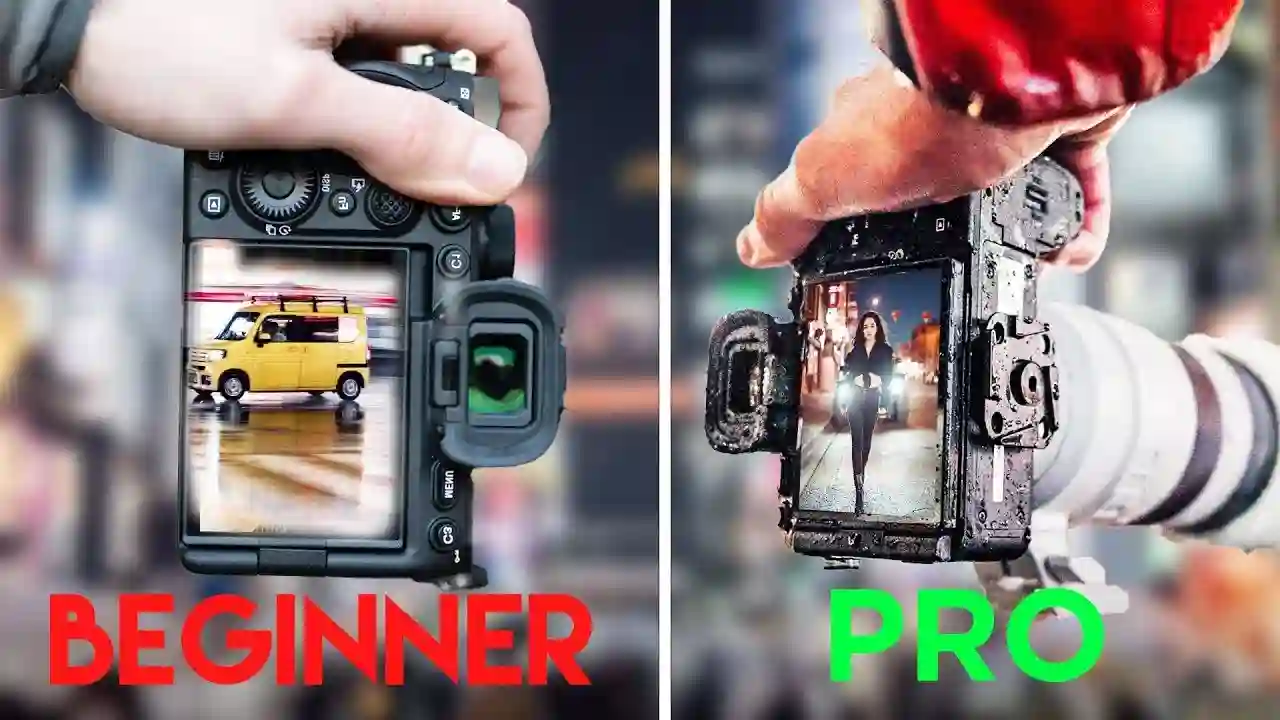Regardless of your camera type or skill level, anyone can elevate their photos by understanding the basics. This checklist is a great place to start as you begin your photography journey.
Whether you’re using natural light, ambient indoor lighting, or pro-level studio lights, learning how to read light is essential for creating beautiful images.
Light
The more you understand how light affects your photography, the better photographer you’ll become. Once you’ve mastered the basics such as shutter speed, aperture, and ISO, learning to read the light is the next step toward mastery of your craft.
Light can be found anywhere, whether natural sunlight, ambient lamp light, or pro-level flashes and strobes. To your camera, however, it all looks the same.
Different types of light create alternative moods in photographs. For example, soft light – which can be created with anything that diffuses the light like a sheet or an umbrella – is often preferable for portraits. Other times, hard lighting with dark shadows can create drama and an eerie feel to photos. Learn to read the light and choose the appropriate lighting for your subjects.
Composition
Whether you’re photographing families posing in front of a freshly baked dessert or kids bouncing around inside a moon bounce, your images need to clearly point toward the subject matter. This can be done through composition techniques like leading lines and framing subjects.
Composition is the skeleton that keeps everything together, supports the weights of visual elements, and makes your photographs look dynamic. Whether you’re a photographer, painter, or filmmaker, understanding these composition guidelines can help you take your work to the next level.
The rule of thirds states that a photo’s frame should be composed using two vertical and two horizontal lines. The points where these lines intersect are the focal points of the photo. This technique helps the viewer quickly determine the subject and can improve the overall composition of your photos.
Edges
Edges affect photography in a number of ways. They can be distracting or they can create a relationship between the subject and what is not in the frame. Often it is helpful to think of the edges as a way to anchor the composition and to suggest an idea of what exists beyond the frame.
Getting your eye into the habit of looking around your viewfinder or live view screen to see what is happening on and near the edges of your image can help improve the quality of your compositions. It can also be a good reminder to avoid things like cutting off the top of an important element, or having your subject too close to the edge of the frame.
Hair edges have become a cultural phenomenon that those with textured hair work on to perfect. The process involves swooping gel, duckbill clips, and hairspray for a voluminous finish that lasts all day.
Rule of Thirds
The Rule of Thirds is a simple composition technique that can dramatically improve any image. It involves mentally dividing your frame into thirds horizontally and vertically, then positioning your subject at the intersections or “power points” of these lines.
This creates a balanced and visually appealing composition that naturally draws the viewer’s eye to your subject. It also helps to eliminate distracting elements and creates a sense of depth in the photo.
You can apply this technique to just about any scene, from landscapes to close-up portraits. For example, when capturing a head-and-torso shot of a person, try to position their eyes on the upper power point to create a visually engaging composition. Then, let their gaze lead the viewer through the rest of the photo.
Exposure
A picture is considered well-exposed when it shows details in both light and dark areas. It is important to understand exposure because it helps you take photos that are well balanced.
Exposure is the amount of light that reaches your camera sensor or film, and it controls how bright your pictures appear. It is influenced by three main settings: shutter speed, aperture, and camera ISO.
A good way to learn photography is by playing around with the different exposure settings on your camera. It is also helpful to read articles and books on the subject. Eventually, you will be able to take great pictures! However, remember that learning photography is not a quick process. You must practice and keep improving to see results! The sooner you begin learning the basics, the faster you’ll see results.


